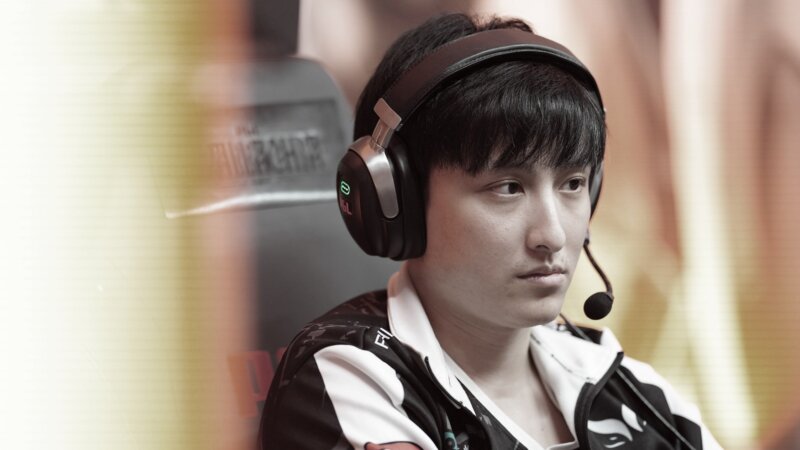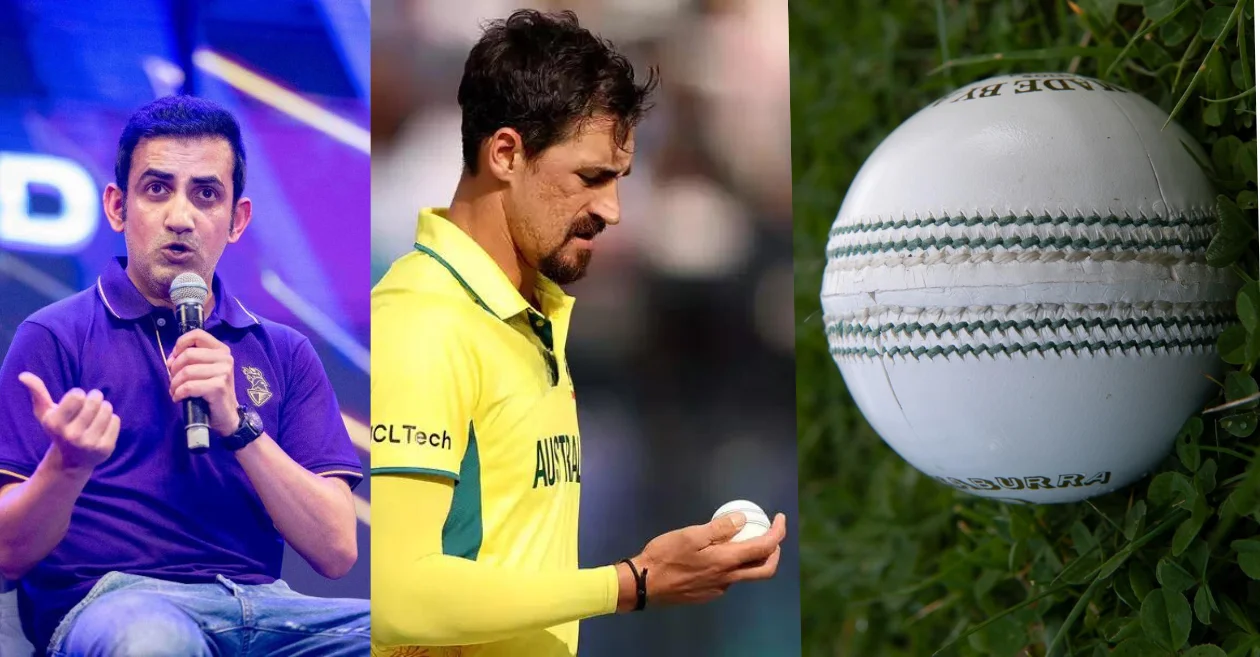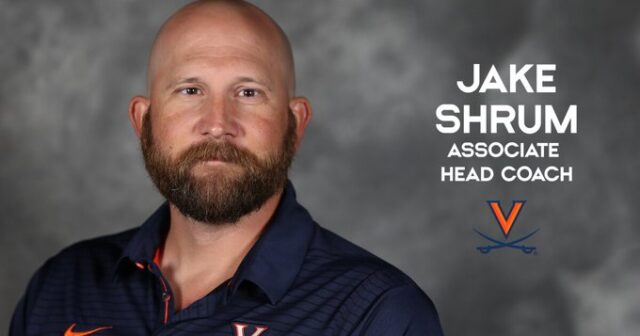
Gentlemen, start your (trade-up) engines
As Chris Pflum reported, the landscape for the New York Giants acquiring one of the top quarterback prospects in the 2024 NFL Draft just got more complicated, with the Minnesota Vikings acquiring an additional first-round pick and the Los Angeles Chargers trading wide receiver Keenan Allen after releasing his teammate Mike Williams the previous day.
Are the Giants or the Vikings in the more advantageous position to go “get their guy” next month? (We’ll assume that Drew Lock is “not their guy.”) Let’s look at what trade value calculators can tell us, depending on who the trading partner is.
Scenario 1: New England Patriots
This is the most desirable destination for the Giants and Vikings, in all likelihood, since the consensus top three prospects (Caleb Williams, Drake Maye, and Jayden Daniels) are considered a notch above J.J. McCarthy (though not universally so). Trading with the New England Patriots guarantees access to at least one of the three. It’s also of course the most costly. Here what the Joseph Jefe trade value calculator says:
/cdn.vox-cdn.com/uploads/chorus_asset/file/25337875/Screenshot_2024_03_15_at_12.03.37_PM.png)
Courtesy of Jefe’s Handiwork
For the purpose of discussion, I will assume throughout this piece that the Giants trade the No. 6 and No. 47 picks, while the Vikings trade No. 11 and No. 23. The actual cost probably will be higher; we’ll return to that later.
The calculator uses different trade value charts to assess which team got the better value (green) in the trade. The original Jimmy Johnson chart was more or less just made up by him and greatly overvalues high picks – except that when we’re talking about quarterbacks, everyone overvalues very high picks even though which if any of the top quarterback prospects will become elite NFL players is a crapshoot. You can see above that the JJ chart is the only one that says the two picks proposed to the Patriots by either team are not enough. All the other charts, which are based on evidence of outcomes in one way or another, say the two picks are more than enough to be advantageous to the Patriots, to the tune of New England getting excess value equivalent to an additional late second to late third round pick.
You can see one other important thing from the charts: The value of the Giants’ No. 6 and No. 47 picks is almost identical to the value of Minnesota’s No. 11 and No. 23, i.e., the advantage of trading with one or the other partner is only slightly different, and in different directions, for the various trade value charts. This means that an actual deal will probably depend on how much more each team is willing to “sweeten the pot,” regardless of which trade value chart the Patriots themselves are guided by.
Scenario 2: Arizona Cardinals
New England may not be a likely trade partner, since their quarterback situation is just as uncertain as the Giants’ and Vikings’. They may want to just sit tight and get one of the top three. In that case, a lot depends on whether J.J. McCarthy’s recent rise on big boards reflects a real feeling among NFL teams that there is a lot more to him than what he was able to show in Jim Harbaugh’s offense at Michigan. It also depends on whether one of the top three teams in the draft is less enamored with one of the consensus top three prospects than expected. Let’s imagine that there is a QB viewed as worth drafting by the Giants or Vikings on the board at No. 4, whoever that is, and that the Arizona Cardinals are actually going to roll with Kyler Murray in 2024. Here are the trade value charts for a trade-up to No. 4:
/cdn.vox-cdn.com/uploads/chorus_asset/file/25338358/Screenshot_2024_03_15_at_2.53.27_PM.png)
Courtesy of Jefe’s Handiwork
Now even the Jimmy Johnson chart agrees that a straight swap of No. 4 for either No. 6 and No. 47, or No. 11 and No. 23, is a good deal for the trading-down team. In principle, then, throwing in an additional pick is not needed…except for the fact that if two teams are competing to move up, the one with the better offer may win. More on that later.
Scenario 3: Los Angeles Chargers
There’s always the possibility that Jim Harbaugh thinks Justin Herbert and his $52.5M per year contract are an albatross that will keep the Chargers in cap hell for years, that run-first offensive coordinator Greg Roman and he will try to re-create the 2023 Michigan offense, and that the QB who just won him a national championship in that offense is conveniently there for the taking at a much cheaper price than Herbert. If not, though, he may see value in trading down. Here’s what that would look like:
/cdn.vox-cdn.com/uploads/chorus_asset/file/25337990/Screenshot_2024_03_15_at_12.47.38_PM.png)
Courtesy of Jefe’s Handiwork
The result is pretty similar to that for a trade-up to No. 4, but even more advantageous to the trade-down team, equivalent to getting an extra second-round pick in all the trade value charts.
The Giants’ ace in the hole?
There are other factors that come into consideration in deciding which team to trade with. The Giants have more high round trade capital to offer in this year’s draft (picks No. 70, 107) than the Vikings (No. 108, 129), for example, and there are always 2025 draft picks that can enter the equation. Players can be traded, too, if the Giants get into a bidding war with the Vikings. None of that can be assessed by trade value charts, which as shown above indicate that an offer of the top two picks by either team is already eminently fair.
There is one advantage, though, that the Giants have over the Vikings as a trade partner – not just the fact that they have a higher first-round pick than Minnesota does, but what that means in this particular draft, and how that meshes with the needs of the potential trade-down partners. This tweet sums things up:
The Cardinals WR depth chart right now:
Michael Wilson
Greg Dortch
Chris Moore
Zach PaschalI’m not so sure they want to move out of Marvin Harrison, Malik Nabers, Rome Odunze range
Maybe the draft capital is enough to change their minds…but they need a WR in the worst way
— Matt Miller (@nfldraftscout) March 15, 2024
The Cardinals have lost Hollywood Brown and Rondale Moore (not that they were necessarily that great anyway). The Chargers have lost Keenan Allen and Mike Williams, and 2023 rookie Quentin Johnston disappointed. The Patriots haven’t had an elite wide receiver in years.
It just so happens that there are perceived to be three elite WRs in this draft who are expected to go in the top 6-8 picks. Trade down with the Giants and you are probably guaranteed one of those WRs. Trade down with Minnesota and you are probably looking at getting your WR from the second tier of prospects.
Of course, Minnesota could make a big splash and be willing to give up Justin Jefferson, a top-5 NFL wide-receiver, in a trade-up. Joe Schoen would have no counter for that. The problem is that Jefferson is in the final year of his rookie contract and reportedly turned down $30M per year from the Vikings for an extension. Better to go with a potentially elite rookie at a fraction of the price.
That gives the Giants a decided advantage over Minnesota, and just a bit of leverage, in trade negotiations. So much so, I’d imagine, that a trade partner might rule out trading with Minnesota if the Giants make a reasonable offer. Fans lament the Giants’ dropping out of the top three by winning games during the second half of last season, but not dropping out of the top six could make all the difference in the end.
What we don’t know is how many of the top quarterback prospects the Giants would be willing to trade up for. Specifically, if McCarthy is the only one on the board at No. 4 or 5, would they feel it worth spending the draft capital to get him, or is moving up to No. 3 for one of the others the only option? In addition, for a Giants-Chargers trade, the two teams might discuss it beforehand but would probably not want to actually execute it without knowing that one of the QBs the Giants like and one of the WRs the Chargers like made it to No. 5, so any such trade would not occur until draft day with the Chargers on the clock. If/when the Giants make a trade, we’ll have our answer to these questions, but it could be a while before we know.
The only problem with a trade-up is that, having already given up No. 39 in the Brian Burns deal, the Giants would be left without a second round pick. I tried this in three different mock draft simulators to see what wide receivers would be available at No. 70 in the third round. All of them allowed me to trade No. 6 and No. 47 to move up to No. 5. One (the NFL Mock Draft Database) even made me take several low round picks from the Chargers in addition to make it a fair trade for me, but again, trading up for a QB is not about fairness, it’s about the best offer. Twice, Xavier Legette was the best (highest ranked) wide receiver available at No. 70; once, Devontez Walker. Would one of those receivers in addition to one of the top four QBs be worth it, Giants fans?



















You must be logged in to post a comment Login